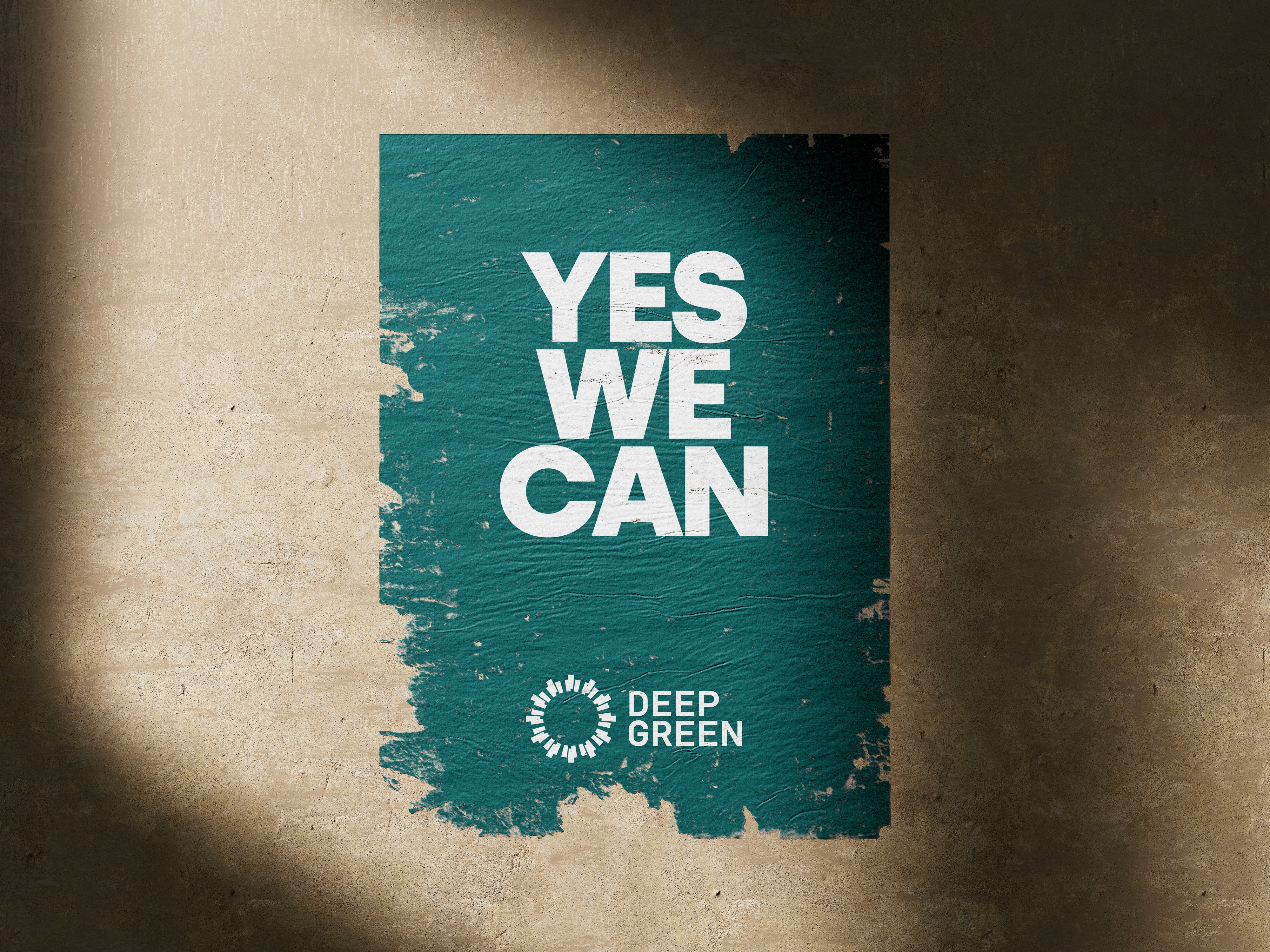May 27, 2025
Matt Bagwell
The generative power of heat reuse?
Let’s dive into the maths.
In a recent post, we estimated how much heat energy is generated by the UK data centres, including the private sector’s DSRs, collation providers, Neo-clouds and hyperscaled regional cloud. It was 3.84 terawatt-hours of heat per year. A comparatively big number, enough to heat the homes of everyone in Plymouth, derby or Reading, for example.
“What does this mean in terms of one of your data centres then?”
A fair question.
Let’s take a 4MW decentralised data centre designed for high performance dense workloads, built alongside an energy centre, and priming heat pumps.
When the servers are humming, they generate heat, and we recapture up to 96% of it. The heat pumps in the energy centre receive low-grade heat from our cooling process and elevate it to temperatures suitable for distribution through a low-carbon district heating network.
To quote a friend, “now here’s the science.”
A 4MW data centre, like the one we are developing in Bradford, typically yields 2-3.2MW of continuous recoverable heat energy. Priming a heat pump with Deep Green’s energy dramatically improves its COP, or Coefficient of Performance, up to a factor of four. This means that for every 1 kWh of electricity used to power one, you get 4kWh of heat supplied to the district heating system, and in the case of a 4MW data centre, that’s enough to supply 2,000–3,000 homes.
Sounds more like magic, doesn’t it?
What’s about potential impact, in terms of carbon reduction, cost savings, and community benefit?
For carbon, comparing the ‘electric’ data centre and heat pump model to a natural gas heating source, an estimated 620 tonnes of CO₂year are avoided. That’s the equivalent of taking 135 petrol cars off the road — or planting over 100,000 trees every single year.
Cost savings? Well, compared to gas at £0.07/kWh, and accounting for avoided carbon taxes and Operations and Management costs saving, we can save our heat host £1.2-1.4 million a year. Add in carbon taxes and Operations and Management costs savings and it’s well over “half a mil.”
And community benefit? Directly, our heat energy improves district heat efficiencies, and their economics, potentially accelerating adoption and the electrification of heat. Similarly, these urban ecologies deliver affordable heat for local customers. Indirectly Deep Green and our partners also generate community hours - known around here as Swim Hours - affording people in need access to health assets, like swimming pools.
This is the tangible power of public and private partnerships, exemplified by a 4MW magic box. Ultimately it’s a quintet of wins; for the planet, for communities, for district heat providers, for our computing clients - who pay less - and yes, for Deep Green.




